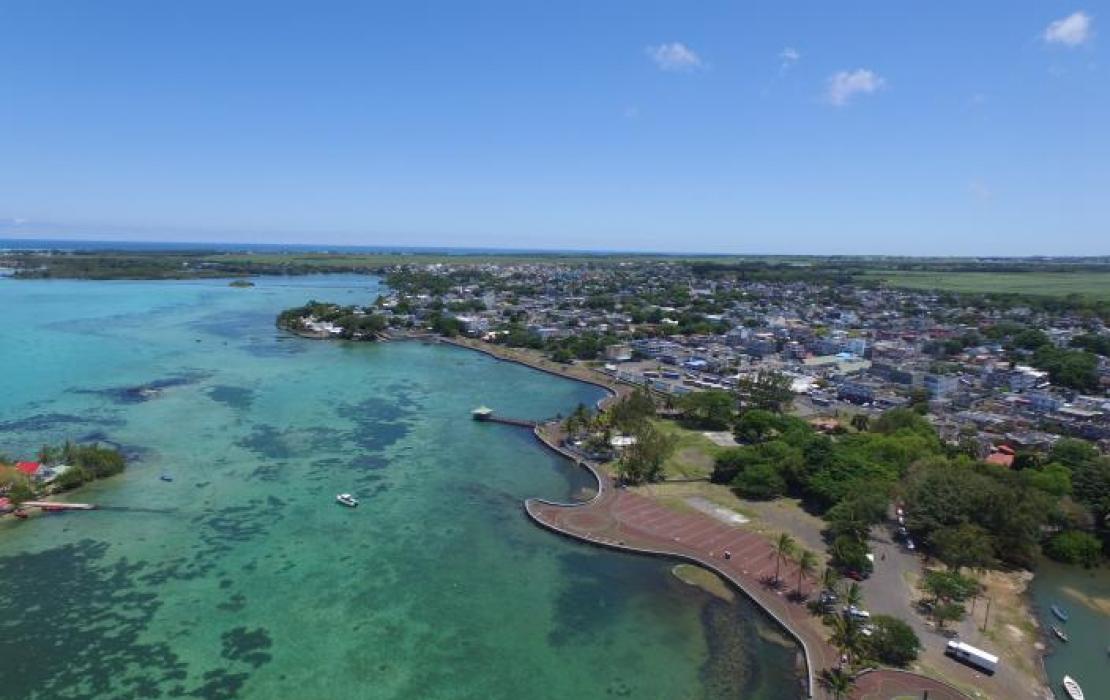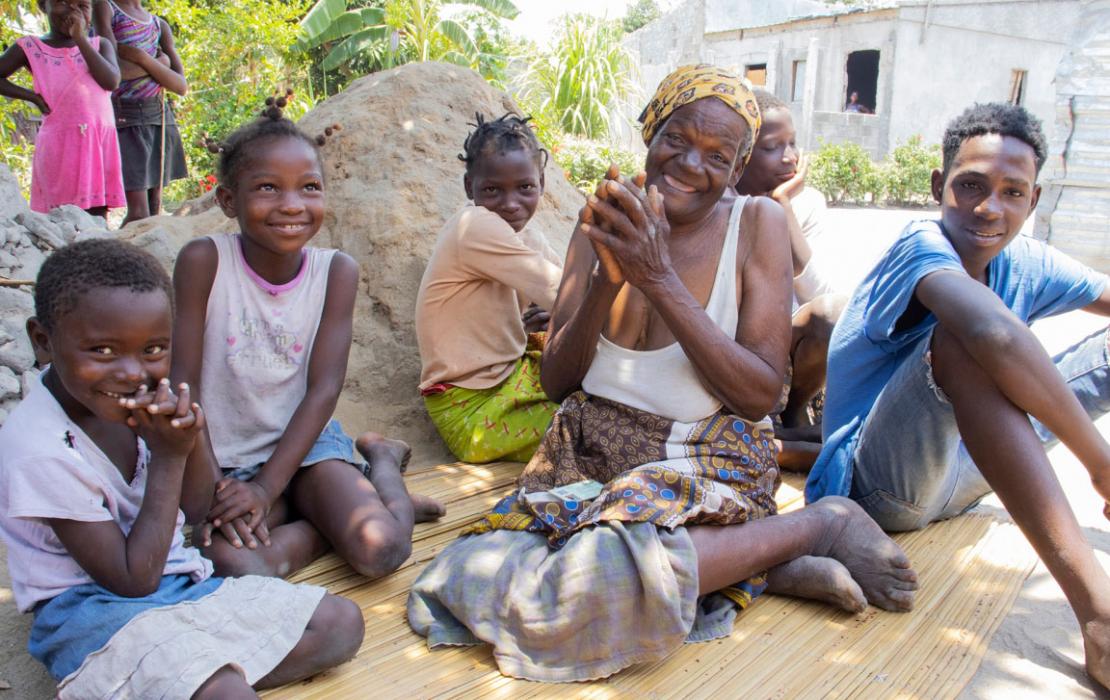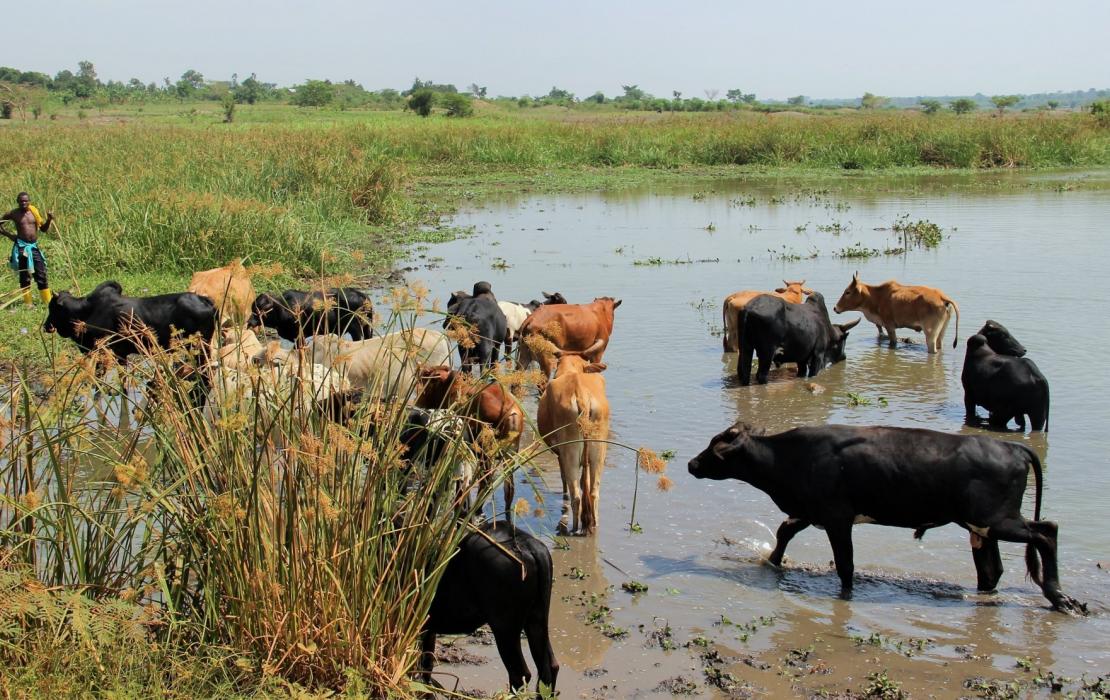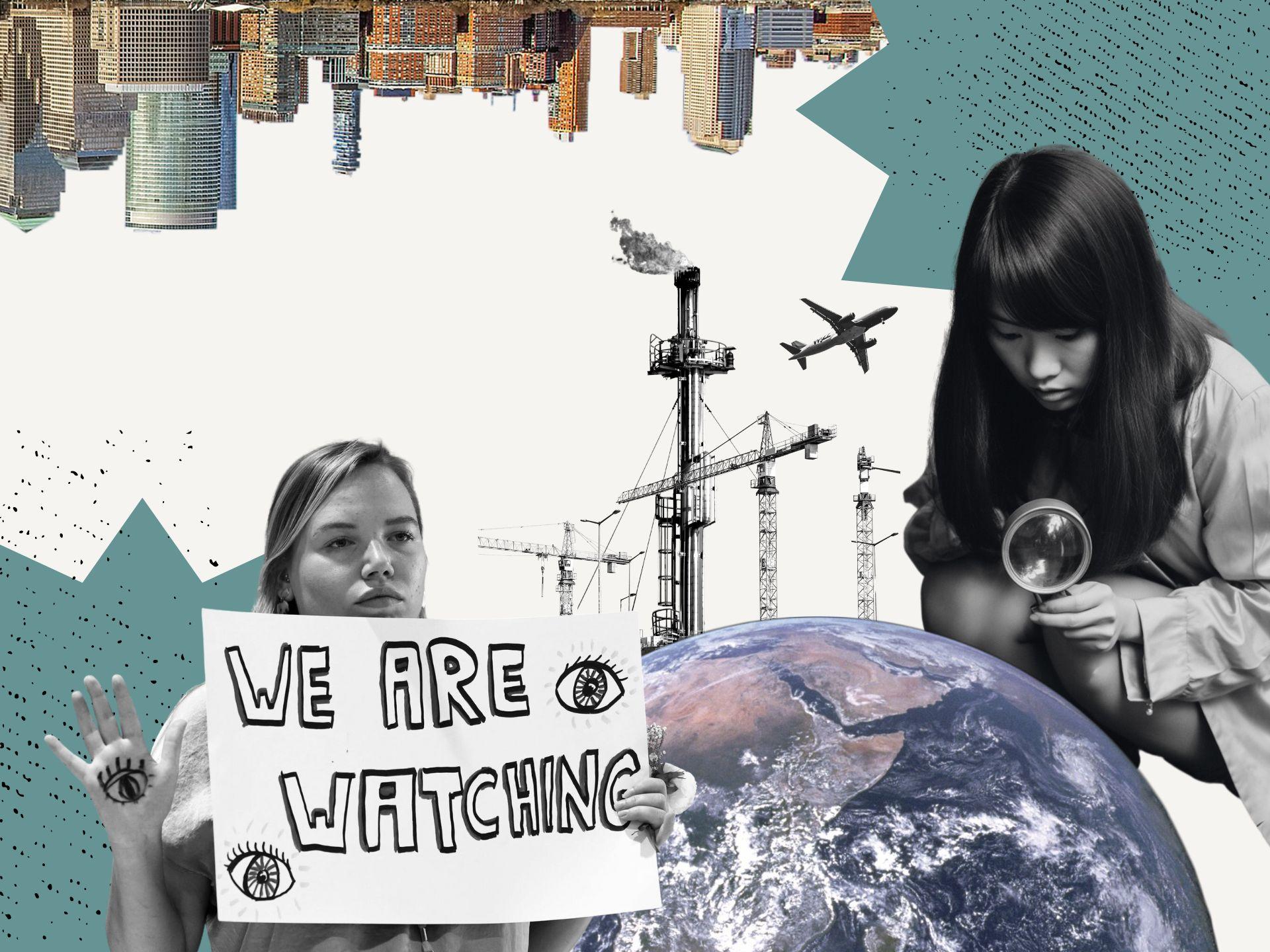
Summary
- Transparency efforts enable nations to set meaningful climate targets, track progress, inform policies, and mobilize financial support for increased climate ambition.
- Transparent reporting is crucial for demonstrating climate progress, building trust and strengthening accountability, and informing evidence-based policies.
- The main challenge lies in obtaining good-quality, long-term data, necessitating capacity-building initiatives, especially in developing countries.
- UNDP supports developing countries in strengthening their climate reporting, fulfilling Enhanced Transparency Framework obligations under the Paris Agreement, and providing technical assistance for accuracy and transparency.
What does transparency mean when it comes to climate change?
In the context of climate change, transparency refers to the reliable measurement, accessible reporting, and expert review of the progress made by countries towards achieving their national climate goals and pledges.
Transparency helps build trust and confidence that everyone is doing their part to keep global warming to well below 2°C compared to pre-industrial levels, while striving for 1.5°C, the critical goal of the Paris Agreement. It is also key to unlocking climate finance by offering donors clear and reliable information regarding the work that has already happened and the support that is still required.
To uphold transparency commitments, countries need to track and report their greenhouse gas (GHG) emissions, as well as the progress made towards the climate mitigation and adaptation targets in their Nationally Determined Contributions (NDCs). They are also required to monitor which measures they have applied and how effective they were as well as the types of support received or still needed, such as capacity building, technical assistance, technology transfer, and financial resources.
How does transparency help countries improve their climate action?
Globally, transparent reporting is the only way to collectively demonstrate progress on climate goals, and measure how close or far we are from the goal of limiting global warming to well-below 2°C, while striving for 1.5°C. It is also crucial to helping countries make evidence-based decisions for their climate policies and actions.
The Paris Agreement has introduced the Enhanced Transparency Framework (ETF) that helps countries transition to a single universal transparency system. By December 2024, as part of the reporting requirements under the ETF, most countries are expected to submit their first Biennial Transparency Report (BTR). Least developed countries and small island developing states are granted flexibility with the deadline for this submission.
BTRs can be thought of as progress reports that provide crucial information on national GHG emissions levels and mitigation efforts, climate change impacts and adaptation measures, and the overall progress in implementing and achieving NDC targets. They also capture the support mobilized and provided by developed countries to developing countries, and how much support each developing country received and still requires. In this sense, transparency is crucial for assessing the financial and technical support needed by each country.
Once submitted, the BTRs are reviewed by teams of experts who determine whether the reporting is in line with the modalities, procedures, and guidelines (MPGs) of the ETF and make recommendations for improvement if needed.
The data in the BTRs is also meant to contribute to Global Stocktake exercises, the first of which is scheduled to conclude at COP28 in December 2023, and which are the best way to assess humanity’s progress towards addressing climate change and its root causes.
What are the challenges?
The main challenge of transparent reporting revolves around the difficulty of obtaining good-quality, long-term data. In some cases, the data can be incomplete or unreliable. In others, it may be difficult to access. Furthermore, over the years, inconsistent approaches and standards for collecting data have emerged, making data aggregation difficult.
Many countries also struggle with insufficient capacity and resources within public institutions to collect and compile the necessary data. This is further complicated by the new requirements under the ETF which place additional demands on countries in terms of the frequency, scope, and depth of reporting.
Capacity-building initiatives, particularly in developing countries lacking adequate institutional frameworks and sustainable and robust measurement, reporting, and verification (MRV) systems, are crucial in making the ETF function successfully.

Photo: UNDP Sri Lanka
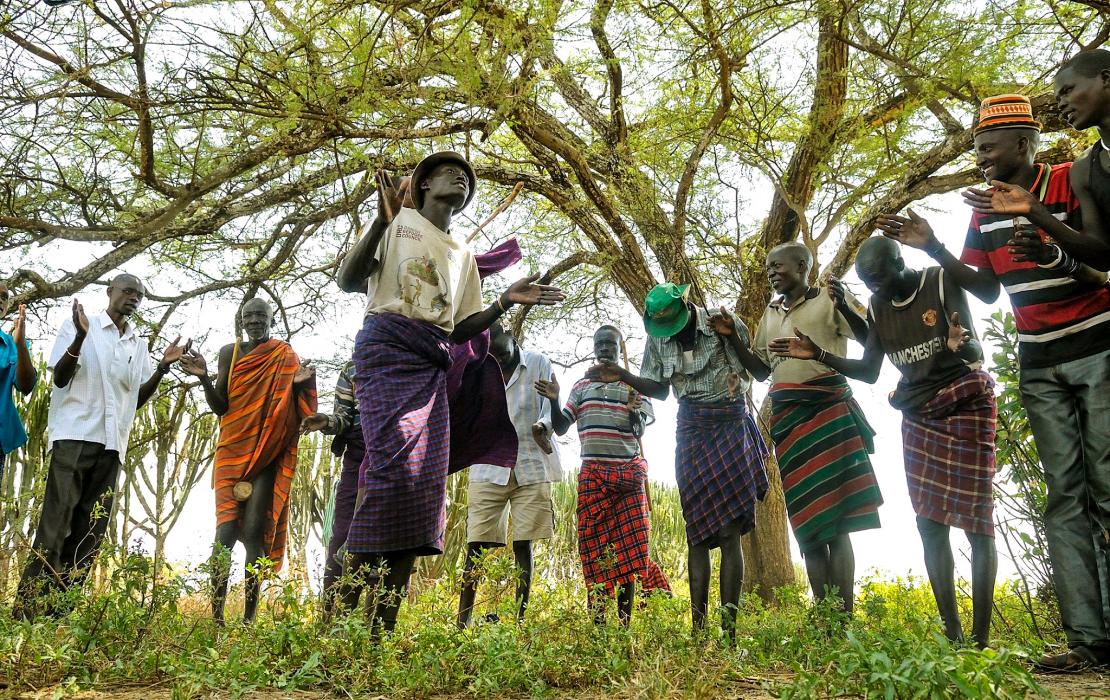
Photo: UNDP Uganda
What is UNDP doing to help countries be more transparent?
UNDP is a key partner supporting developing nations to strengthen their existing reporting and review processes to the United Nations Framework Convention on Climate Change (UNFCCC).
We work with countries to intensify their data and transparency initiatives, particularly on fulfilling their obligations under the ETF and monitoring the progress on the implementation of their NDCs.
Over the course of several decades, UNDP has supported more than 115 countries comply with their reporting obligations to the UNFCCC and enhance their transparency frameworks. This work was possible to a large extent thanks to funding from the Global Environment Facility (GEF), and, more recently, through UNDP’s multi-donor flagship initiative Climate Promise, the world’s largest offer of support to countries on national climate pledges under the Paris Agreement.
UNDP’s Climate Promise is providing technical support on the new ETF reporting and review requirements to countries of the Lusophone and Francophone networks, with support from Belgium and in collaboration with the United Nations Environment Programme (UNEP). The type of support offered to countries includes enhancing the accuracy of their greenhouse gases inventories, improving their measurement, reporting, and verification systems, incorporating gender-disaggregated data and data related to Indigenous Peoples into their reporting, and building national capacities on compiling and reviewing the first generation of BTRs.
Which countries are making progress?
Namibia’s work on building its MRV system has been instrumental in preparing it for this next phase of monitoring and reporting. This work includes developing an MRV portal, training national experts on data collection and ETF reporting requirements, and strengthening institutional arrangements and government ownership of the reporting processes. By increasing transparency, Namibia is now also able to establish a trusted carbon market mechanism. The Ministry of Environment, Forestry and Tourism, with support from UNDP, is developing a set of legal guidelines and a carbon trading registry that will enable Namibia to participate in international carbon markets.
In December 2021, Lebanon updated its national GHG inventory, which provided critical data and inputs into the country’s NDC revision process. The inventory was created using the guidelines on clarity, transparency, and understanding outlined under the Paris Agreement and helped define Lebanon’s new and ambitious NDC targets. Lebanon’s ongoing transparency efforts guide the monitoring and tracking of the country’s progress in implementing its NDC, while also making the transition to the ETF easier. UNDP, who provided continuous support to this work, will also help the country prepare and submit its first BTR in 2024.
Uruguay is already working through multiple initiatives on complying with the ETF. Beyond building institutional and technical capacities to increase transparency at the national level, Uruguay has developed a national GHG inventory system and a tracking system to monitor and report the progress made on implementing its NDC. Both systems have online viewing platforms that help build trust in the accuracy of the data. The country can now take it further by implementing a digital open infrastructure using blockchain, allowing it to operate with international digital carbon trading schemes. Uruguay is also working on enhancing the quality, transparency and comprehensiveness of the technical inputs that are needed to prepare the BTRs and integrate gender dimensions in the transparency work.
In November 2022, Mozambique revealed new data showing that deforestation in the country decreased by approximatively 85 percent in 2016, compared to 2010 levels, leading to a reduction of 78.8 million tons of carbon dioxide that would have otherwise been released into the atmosphere. The compilation of this data was achieved through the joint effort of the Government of Mozambique and partners from the Lusophone Cluster and technical and financial support from the GEF, Belgium (as a contribution to UNDP’s Climate Promise), UNEP’s Capacity-building Initiative for Transparency – Global Support Programme (CBIT-GSP) and the Partnership on Transparency in the Paris Agreement (PATPA). This accomplishment has generated new funding opportunities for Mozambique, including from the World Bank, the Green Climate Fund, and other innovative results-based payments sources, which reward individuals or communities for emissions reduction and carbon sequestration actions.
Montenegro has developed a Gender Action Plan that helps mainstream gender into the climate change transparency framework and collect gender-disaggregated data for MRV purposes. Montenegro will further enhance this work by training the employees of its statistics agency on collecting and analyzing gender-disaggregated data, as well as analyzing measures taken to assist women and men in adapting to climate change in priority sectors, such as health and education.
Photo: Moses Zangar Jr, UNDP Zambia

Photo: UNDP Viet Nam
What is the future of transparency?
Transparency is at the heart of global efforts to fight climate change. UN-led instruments to ensure transparency have been continuously developed and improved as a way of building trust and strengthening accountability. The ETF is the latest such effort.
Countries are now in transition to establish and strengthen their transparency systems. There is still much to be done. Enabling activities for reporting to the UNFCCC, country-driven capacity building, and experience sharing between developing countries are more important than ever.
The world’s increased climate ambition depends on political leadership and transparency ownership. Upholding the rules of transparent reporting will empower countries to track progress and make more informed decisions, set meaningful targets, inform domestic policies, escalate international investment and cooperation, and learn from shared achievements at a crucial time for global climate action.
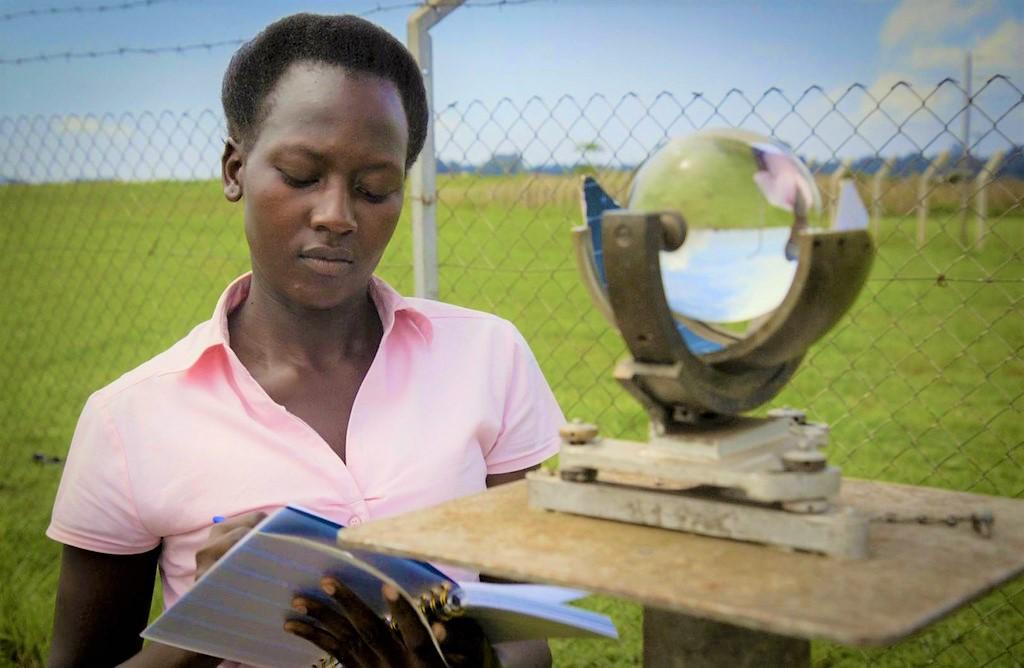
Photo: Luke McPake, UNDP
Glossary of key terms
Below, find definitions for frequently searched terms related to transparency.
1. Enhanced Transparency Framework (ETF)
The Enhanced Transparency Framework (ETF) for action and support was established under Article 13 of the Paris Agreement to build mutual trust and confidence among countries and guide them on tracking and reporting their greenhouse gas emissions, the progress made in implementing their NDC targets and goals, and the support provided, received, or further needed. The ETF also provides procedures for the review of the information in the reports by technical experts and for setting-up a multilateral peer review during which countries can ask questions and learn from each other by sharing achievements, best practices, and experiences.
2. Modalities, procedures, and guidelines (MPGs)
The modalities, procedures, and guidelines (MPGs) are the rules and requirements applicable to all countries for the effective implementation of the ETF under the Paris Agreement, containing details on the information that countries must report, the format in which that information should be provided, and how that information will be reviewed. They have been agreed by countries at COP24 in 2018 and finalized at COP26 in 2021.
3. Measurement, Reporting and Verification (MRV)
Measurement, reporting, and verification (MRV) refers to the process of measuring, compiling, and reporting information and then subjecting the data to a party review and verification process. The scope of an MRV system depends on the user and goal, and when it comes to climate action, it applies to GHG emissions (e.g., emissions inventory), mitigation actions (e.g., policies and projects), and support (e.g., climate finance, technology transfer, and capacity building).
4. Biennial Transparency Report (BTR)
Under the Paris Agreement, BTRs are national reports that developed and developing countries are requested to submit to the UNFCCC secretariat every two years. In the BTR, countries must provide information on tracking progress towards their NDC targets, greenhouse gas emissions levels, domestic actions for mitigating and adapting to climate change, and the status of financial support, technology development and transfer, and capacity building support for mitigation and adaptation activities in the country. Together, the information in the NDC and the BTR provides a full picture of whether and how a country is meeting its goals under the Paris Agreement. Most countries must submit their first BTRs by 31 December 2024.
5. Global Stocktake (GST)
A key element of the Paris Agreement’s ambition and accountability mechanism, the Global Stocktake (GST) will take place for the first time in 2023 and every five years thereafter to assess the collective progress countries have made towards the Paris Agreement’s long-term goals. In addition to scientific research and findings by the IPCC, this stocktaking process considers information reported in the BTRs and is aimed at informing the next round of NDCs and helping increase their level of ambition. It also offers the opportunity to evaluate the need for enhanced action and support.

©UNDP Climate Promise
